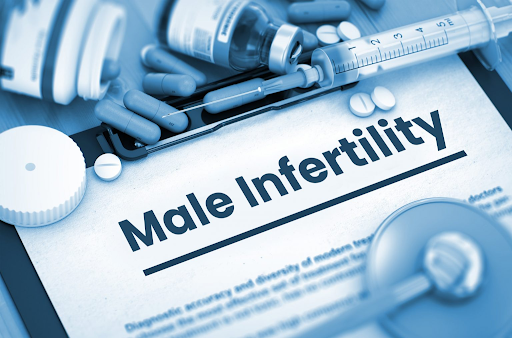Global Male Infertility Market Expected to Reach USD 6.5 Billion by 2030,
The global male infertility market is projected to grow from USD 4.4 billion in 2023 to USD 6.5 billion by 2030, at a compound annual growth rate (CAGR) of 5.8%. This growth is fueled by increasing awareness of male reproductive health, a rise in infertility rates, and technological innovations in diagnostics and treatment.
Key Drivers Behind Market Growth:
Technological Advancements: The development of advanced diagnostic tools and assisted reproductive technologies (ART) such as intracytoplasmic sperm injection (ICSI) and testicular sperm extraction (TESE) is revolutionizing the treatment landscape. Innovations in genetic testing and AI-assisted semen analysis are also improving diagnostic accuracy and personalized treatment approaches.
Lifestyle and Environmental Factors: The modern lifestyle—characterized by stress, obesity, poor diet, Hospitals Pharmacies, and exposure to environmental toxins—has been directly linked to declining sperm quality, prompting an increase in male fertility evaluations and treatments.
Increased Awareness and Decreased Stigma: Public health campaigns and a shift in cultural attitudes are reducing the stigma surrounding male infertility. Men are now more open to discussing reproductive health issues and seeking medical assistance, which is positively impacting early diagnosis and treatment.
Regional Outlook:
North America and Europe currently dominate the male infertility market due to their advanced healthcare systems, widespread awareness, and access to cutting-edge treatments.
Asia-Pacific is emerging as the fastest-growing region, thanks to rising infertility rates, expanding healthcare access, and growing public awareness about male reproductive health.
Segmentation Highlights:
By Diagnosis: Semen analysis, DNA fragmentation testing, hormonal testing, and genetic testing are among the most commonly used diagnostics. These methods help identify underlying issues such as low sperm count, motility issues, or hormonal imbalances.
By Treatment: ART procedures like ICSI and IVF are widely used. Other treatments include medication, lifestyle modifications, hormone therapy, and surgical interventions such as varicocele repair.
By End-User: Fertility clinics, hospitals, and research centers are the primary end-users driving the market. The rise of specialized infertility centers is also contributing to increased patient engagement and access to quality care.
Competitive Landscape:
The male infertility market is highly competitive, with several global and regional players investing in R&D to bring innovative solutions to the market. Key players include:
Bayer AG
Merck KGaA
Intas Pharmaceuticals Ltd.
Halotech DNA
SCSA Diagnostics, Inc.
These companies are focusing on expanding product portfolios, strategic collaborations, and global market penetration to maintain a competitive edge.
Challenges:
Despite the promising outlook, the market faces challenges such as high treatment costs, limited access in low-income regions, and lack of awareness in certain parts of the world. Additionally, the emotional and psychological burden associated with infertility can act as a barrier to timely diagnosis and intervention.
Conclusion:
The male infertility market is on a strong growth trajectory, driven by innovation, lifestyle-related fertility challenges, and increasing acceptance of male reproductive health issues. As healthcare systems continue to evolve and awareness spreads, the demand for effective diagnosis and treatment options is set to rise significantly, presenting new opportunities for investors, healthcare providers, and technology developers alike.




Comments
Post a Comment